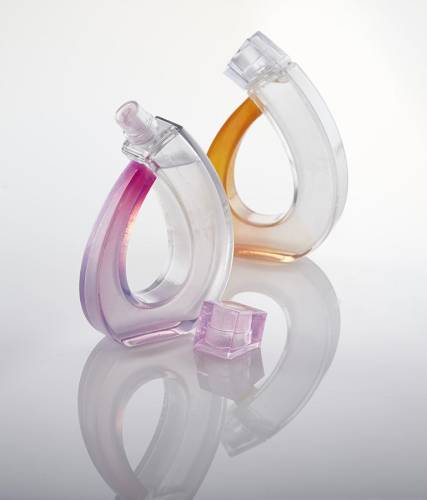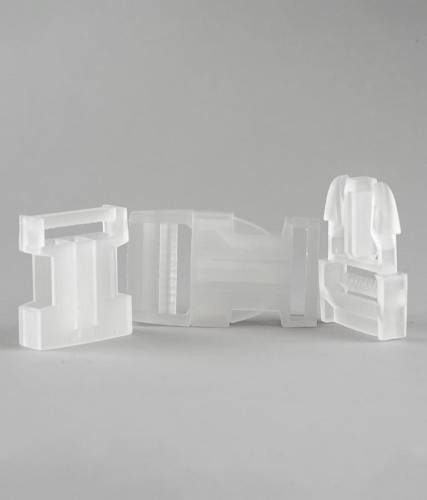There are several methods to produce products with transparent surfaces. With PolyJet technology, which is one of them, we can manufacture transparent parts.
For engineering application needs, silicone molding method is a cost-effective solution for rapid prototyping, functional testing, product demonstrations or end-user production needs in a short time.
In functional prototype manufacturing, visuality tests such as color, light diffraction and transparency of the surface, as well as durability tests can be applied. First, by placing the master model produced with PolyJet or CNC processed into the mold, the polyurethane material is cast into the mold. After the vulcanization process takes place at room temperature, the polyurethane material hardens and turns into a mold. Then the hardened mold is divided into two as male and female mold, and the model produced by PolyJet or CNC is taken from it and transparent material is poured together with the runners and outlets in the mold.
Transparent parts are produced for optical tests or chemical fluid flow tests for application areas such as bottles, pipettes, headlight glasses or lenses.




